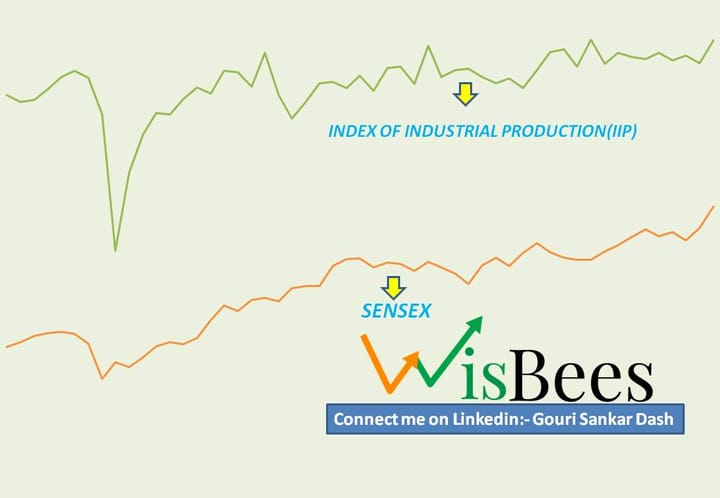CANSLIM Investment Strategy

Introduction
CANSLIM is an acronym that stands for "C" - Current Earnings per share, "A" - Annual Earnings per share, "N" - New, "S" - Shares outstanding, "L" - Leader or laggard, "I" - Institutional sponsorship, and "M" - Market. It is an investing strategy developed by the founder of Investor's Business Daily, Mr. William J. O'Neil.
O'Neil was an immensely profitable investor and a very successful businessman.
His investing strategy is a combination of both fundamental and technical analysis. This strategy is focused on buying stocks that are already making new highs relative to the preceding price base, rather than buying stocks that are near their lows.
He did not follow the conventional way of buying a stock at a dip. Instead, he bought stocks that were coming out of broad bases and beginning to make new highs relative to the preceding price base. Sounds odd, right? But the fact is, using this method, he was able to generate a 40% annualized return.
What is the strategy? What are the criteria for picking a stock?
According to William O'Neil:-
"C" Current Earnings per share: The best-performing stocks showed an average 70% increase in earnings for the current quarter compared to the same quarter of the previous year. If the current earnings are not growing at the same rate or better, there is no way the stock is going to perform well. Good quarterly earnings of about 20% to 50% year-on-year are a clear indication that the business is not growing. So, this is the first basic rule for picking a stock.
"A" Annual Earnings per share: The average annual compounded earnings growth of the previous 5 years should be 24% because a good EPS implies a good company profit, so the EPS should increase year-on-year. Essentially, growth in current and average earnings can make a stock incredible. Compare the stock's percentage earnings increase during the past two quarters with the last five-year average percentage increase and compare it with every other similarly performing stock in the book.
An EPS ranking of 90 means that a company's current and five-year historical earnings have outperformed 90% of stocks in the book.
"N" Something New: The company should introduce something new, which could be related to their product or services, entering a new industry, engaging in research and development, or any other new developments that could lead to new highs in the stock price. Around 98% of investors are unlikely to invest when the stock is at a new high, whereas the paradox of price is that stocks tend to make higher highs and higher lows when they rally.
"S" Shares Outstanding: The stock should have a capitalization of fewer than 2.5 crores shares during its best performance. The average capitalization of all these stocks was 1.18 crores shares, and the median figure is only 46 lakh shares. Institutions usually limit themselves to purchasing only large-cap companies, which causes them to miss out on many of the best-performing companies.
"L" Leader or Laggard: Investors should prioritize stocks that have a high relative strength value, indicating strong performance over the past 12 months compared to other stocks. A relative strength value exceeding 80 signifies exceptional performance and indicates that these stocks are likely to outperform laggard stocks, which have shown low performance.
"I" Institutional Sponsorship: Institutions have a significant amount of money, so they can easily impact the stock price, leaving little room for retailers or individuals to buy. Leading stocks usually have institutional backing. If something goes wrong with the company's fundamentals, institutions are likely to be the first to sell the stock, leaving no room for individuals to exit. This is why institutional-backed stocks can be poor performers.
"M" Market: Three out of four stocks will move in the same direction as the overall market, so interpreting price based on daily volumes can indicate if the market has topped. If the average moves up to make a new high and the volume is declining, it indicates poor demand for the stock. If the volume spikes for a couple of days without significant price movement, there won't be a rally when the market tops. This indicates that distribution has taken place.
At any given point in time, less than 2% of stocks can fit into the CANSLIM technique, and the win rate is more than 60%, meaning that 2 out of 3 times you will end up making a profit.
O'Neil suggests that you should always, no matter what, use a stop loss of 7%.
| Broker | Type | Offerings | Invest |
|---|---|---|---|
 |
Discount Broker | Mutual Funds, Stocks, IPOs, Bonds | Know more |
 |
Discount Broker | Mutual Funds, Stocks, IPOs, Bonds | Know more |
 |
Discount Broker | Mutual Funds, Stocks, IPOs, Bonds | Know more |
 |
Service Broker | Mutual Funds, Stocks, IPOs, Bonds | Know more |



